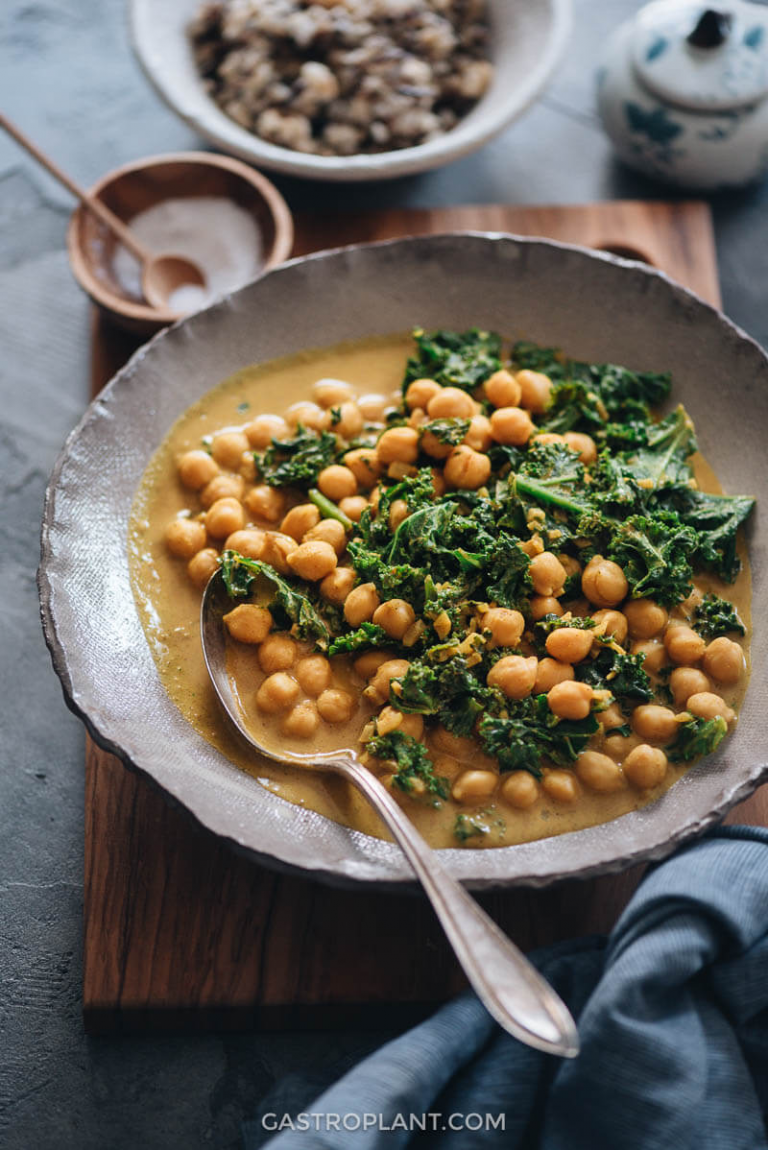
Acupuncture involves stimulating certain meridian points by inserting needles (acupuncture) or applying pressure (acupressure) to balance energy.
Benefits include pain relief, reduced stress, and improved overall health. Have you ever tried pinching the skin between your thumb and forefinger? That’s similar to what acupressure offers, just with more finesse!
Acupuncture is often not given to people with pacemakers/implants, bleeding disorders (including those on medication) and those at risk of infection. And nobody with a metal allergy!
For private treatment, enter your postcode at British Acupuncture Council to find one of 3000 members, who belong to an accredited register that is regulated and approved by the Professional Standards Agency for Health & Social Care (for high training standards, safe practice & professional conduct).
In other words, these are the acupuncturists to book!
In the Far East, most clinics treat many people at one time, placing in some needles then visiting some else in the room (behind privacy screens) to make it more affordable (there are community acupuncture clinics across England that offer the same, bringing the price down to around £20 rather than £4o to £80, depending on where you live).
There is strong clinical evidence that acupuncture helps chronic pain for up to a year (endorsed by NICE that advises NHS), as well as helping other conditions short-term like prostate problems, jaw pain, side effects and pain from surgery and cancer treatment – and chronic hiccups!
If your GP wishes, he or she can legally refer you to a member of British Acupuncture Council (as an accredited register with the Professional Standards Authority).
How does NHS Approve Treatments?
The NHS is a public service funded by taxes. It provides care free at the point of use, which means choices about treatments carry heavy weight. The key body that assesses new or existing treatments is NICE, the National Institute for Health and Care Excellence. NICE reviews scientific evidence and advises on what the NHS should fund.
Approvals rest on three pillars: clinical effectiveness, safety, and cost-effectiveness. Treatments with strong proof from high quality research are recommended for routine use. When the data is weak or mixed, NICE often advises against funding, or limits use to narrow cases. There are rare exceptions, such as innovative care or low cost options that show promise, but even then the bar is still high.
The Role of Evidence in NHS Decisions
NICE relies on robust research, mainly randomised controlled trials. These trials test whether a treatment works better than a placebo or standard care. Consistent results across multiple studies carry more weight than a single positive paper. Systematic reviews and meta-analyses help judge the full picture.
Complementary therapies often show mixed evidence. Some patients report benefit, but trials may not show clear gains over sham treatments. By contrast, medicines with strong proof, such as certain anti-inflammatory drugs for pain or triptans for migraine, have shown repeatable effects across large groups. These are easier to endorse.
Safety and Cost-Effectiveness Checks
Every treatment must meet safety standards. That means low risks, manageable side effects, and proper training for providers. Even a helpful therapy can be rejected if harms are frequent or hard to monitor.
Cost-effectiveness is measured using QALYs, or quality-adjusted life years. This tool weighs the cost of a treatment against the quality and length of life it adds. If a therapy costs too much for the benefit it brings, it is unlikely to be funded.
NICE often uses a threshold of about £20,000 to £30,000 per QALY. With tight budgets and rising demand, value for money guides choices, which links to wider NHS pressures such as waiting lists and staff shortages.
How Does Acupuncture Measure Up?
Many patients say acupuncture helps with back pain, migraines, anxiety, and nausea. Some report better sleep, less pain, and fewer headaches. A small number of NHS services offer acupuncture for limited cases, for example in some pain clinics, certain dental settings, or as part of support during IVF in specific areas. Access is patchy and often short term.
The reason it is not routine is the balance of evidence. Trials suggest acupuncture helps some people, but not all. In many studies it performs about the same as sham acupuncture, where needles are placed at non-traditional points or do not penetrate the skin. That does not mean no one benefits. It means the average effect is hard to separate from placebo or from the care and time given in the session.
Review of Key Studies on Acupuncture
Large reviews, including Cochrane analyses, have found modest evidence that acupuncture can ease some types of chronic pain. For lower back pain, neck pain, and knee osteoarthritis, results show small to moderate benefits for some patients. For other uses, such as anxiety or fertility, evidence is uncertain or inconsistent.
Why the mixed picture? Trials vary in the number of sessions, needle points, and practitioner skill. Some studies compare acupuncture to no treatment, which can inflate benefit. Others use sham controls and find smaller or no differences. This variation makes it hard for NICE to write a clear national policy. The NHS looks for standardised, repeatable protocols that any trained provider can deliver with similar results.
Gaps in Evidence for Widespread Use
There are still gaps that limit adoption. Few large UK-specific trials track long term outcomes and costs. Benefits like relaxation or improved sleep are subjective, which makes them harder to measure in a consistent way. Acupuncture often sits outside standard care pathways, so integration with physiotherapy or pain management can be uneven.
In many conditions, alternatives already funded by the NHS have stronger evidence. For chronic back pain, NICE recommends exercise, education, and manual therapy in some contexts, but not routine acupuncture. For migraines, medicines and behavioural therapies have clearer protocols and outcome data. When regulators weigh these options, acupuncture tends to be treated as supplementary rather than core.
What Are the Practical Barriers to Funding ?
Even if evidence improves, practical factors matter. A private acupuncture session often costs £40 to £100. Scaling this across large patient groups would create high ongoing costs. The NHS would need to train or hire enough qualified practitioners, set standards, and monitor quality. That is a heavy lift in a system already stretched by an ageing population and complex chronic disease.
Policy choices also play a part. In recent years, guidance has pushed commissioners to limit spending on therapies with limited evidence. Some areas have removed or reduced funding for complementary treatments since about 2010, in favour of services with clearer clinical impact.
Budget Constraints and Prioritisation
The NHS in England now spends around £180 to £190 billion a year. Most of that goes on staff, hospitals, medicines, and urgent care. Commissioners prioritise life-saving drugs, cancer services, and surgeries that deliver clear gains. When budgets tighten, optional or uncertain therapies fall down the list.
Public views matter and consultations do take place, but evidence carries the final say. A therapy that is popular but does not show strong, consistent benefit is unlikely to be funded at scale. That is why acupuncture, for now, sits mostly outside routine NHS care.
Access Options Outside the NHS
If you want to try acupuncture, private routes are widely available. Many GPs know local practitioners and can advise on safety and fit with your current care. Some private health insurance plans cover acupuncture for pain or musculoskeletal issues, often with a cap on sessions.
You can also look for research trials in teaching hospitals or universities. These may offer treatment as part of a study, which can reduce costs. If new high quality evidence emerges, policies can change. NICE reviews guidance from time to time, and regional services can pilot new models.






